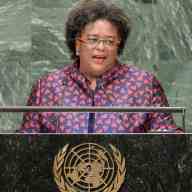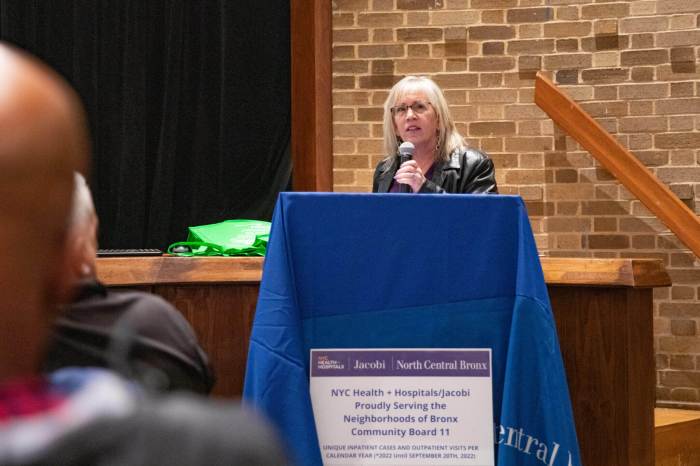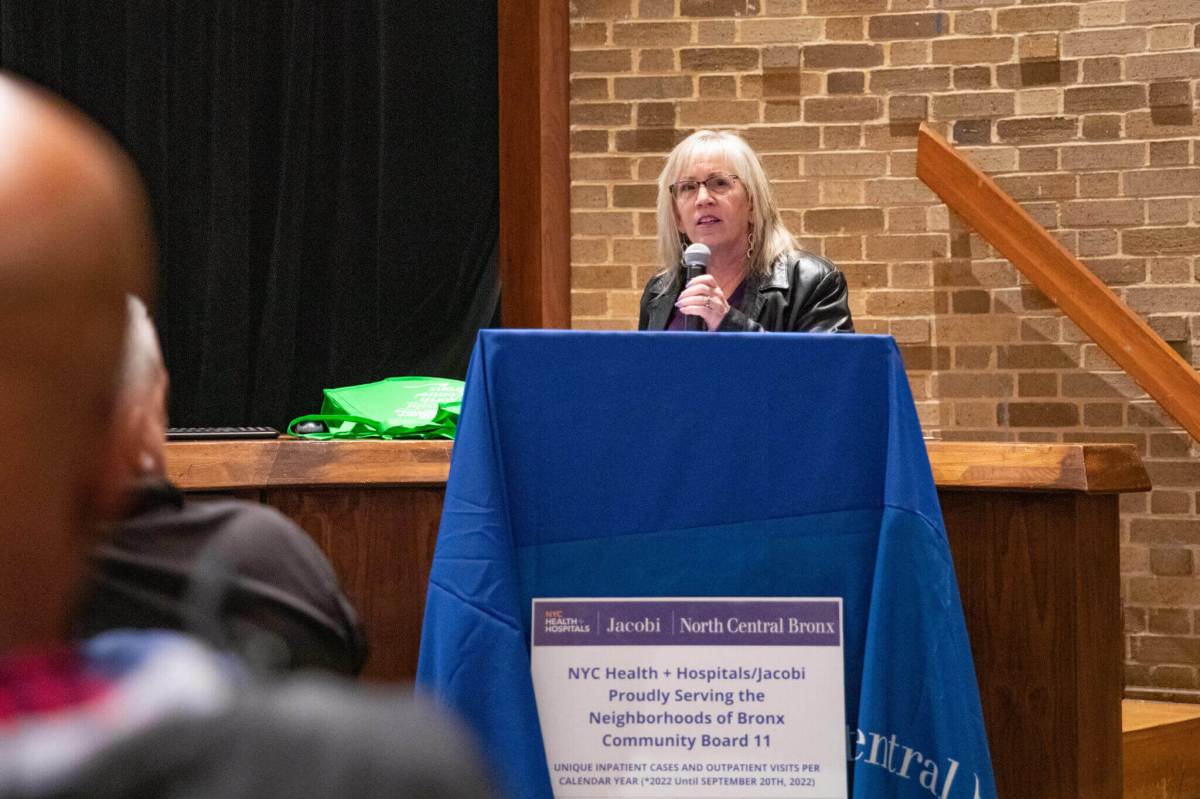The Inter-American Development Bank (IDB) says it has organized the first forum on gender and transport in Georgetown, Guyana, with the objective of creating a space for the exchange of information between public policymakers, researchers and transport experts on how to incorporate the gender perspective into the transport sector to promote greater gender equality in the Caribbean Community (CARICOM)-member state.
The Washington-based financial institution said on Wednesday that the technical forum aims at making gender equality “a sector priority by bringing evidence of the relevance it has for the sustainability of transport systems and sector institutions, and by presenting examples of transport systems in the region and around the world that are implementing interventions that seek to reduce gender gaps.”
In the Caribbean and Latin America, the IDB said more than 50 percent of public transport users are women.
But, for many years, the IDB said transport has been seen as gender-neutral, assuming that its benefits are the same for everybody.
“The reality is that mobility needs for men and women are different because their travel patterns are different,” the IDB said, adding that women often travel accompanied with children or the elderly, “and they tend to make multiple stops in one single trip -known as trip-chaining- like from home to daycare, to work, to supermarket, and back home.”
The IDB said safety is one of their main concerns to move freely.
Even though women account for the majority of the systems ridership, most of Latin American and Caribbean transport systems are designed without taking explicitly these differences into account, the IDB said.
It said some literature has identified that limiting women’s mobility can have impacts on the well-being of their families and communities, “as female absenteeism increases thus resulting on the loss of their jobs and their incomes.”
The IDB said Wednesday’s forum presented successful mechanisms and policies used in public and private sectors worldwide, as well as strategies and recommendations for their application in the transport and infrastructure sector to identify best practices applicable for the local context.”























